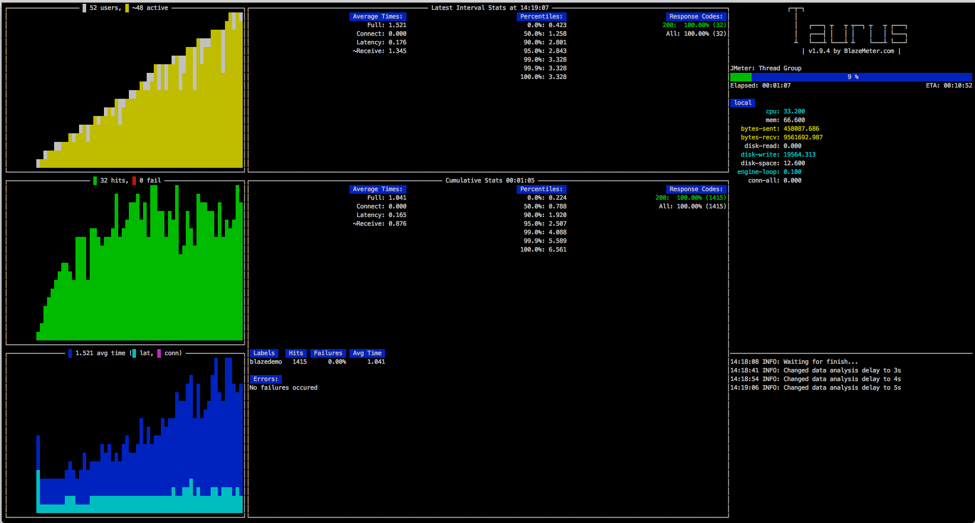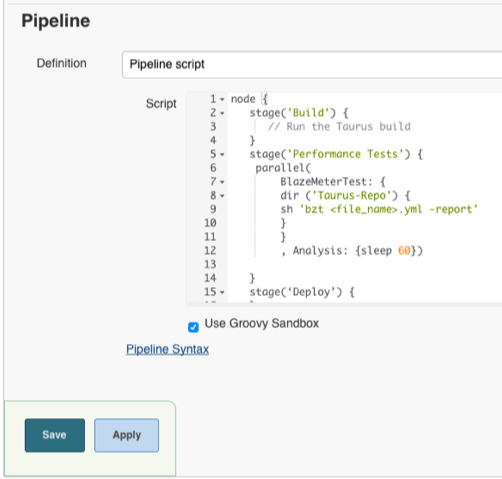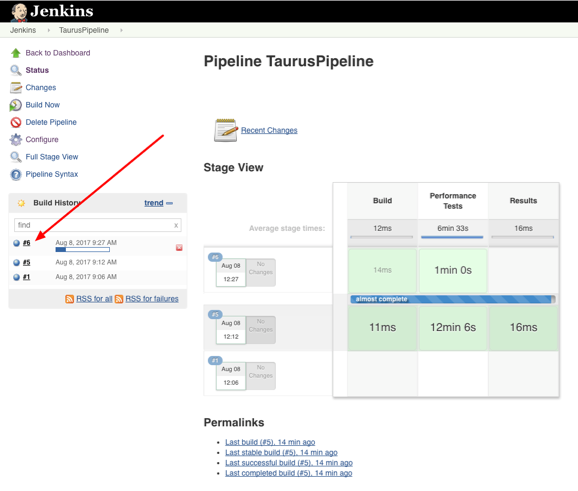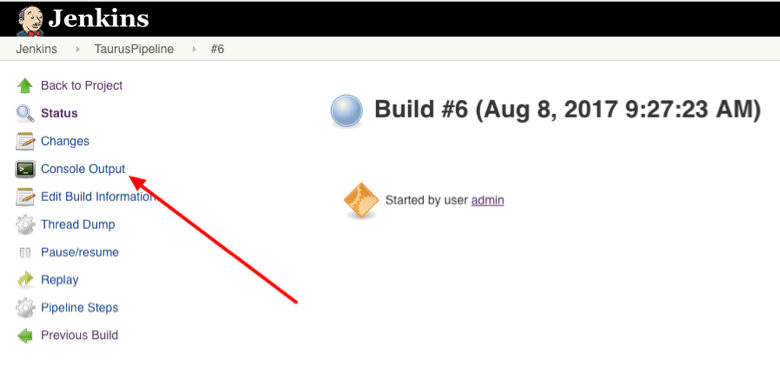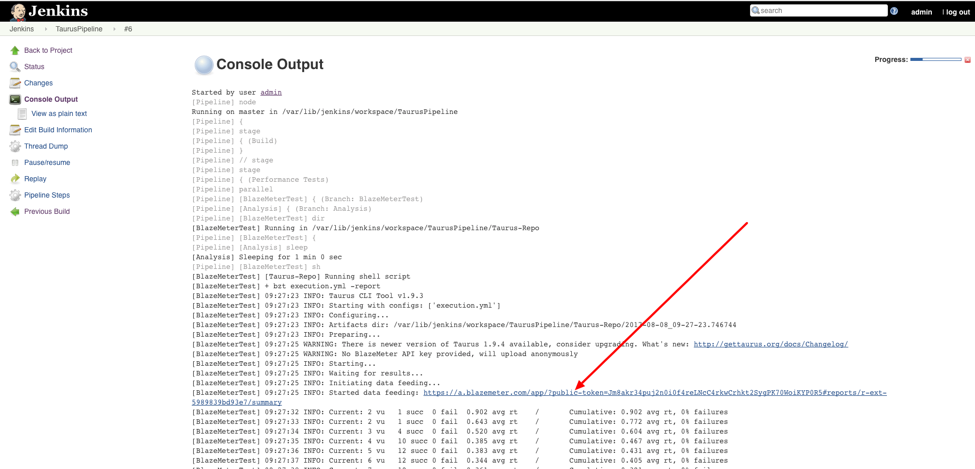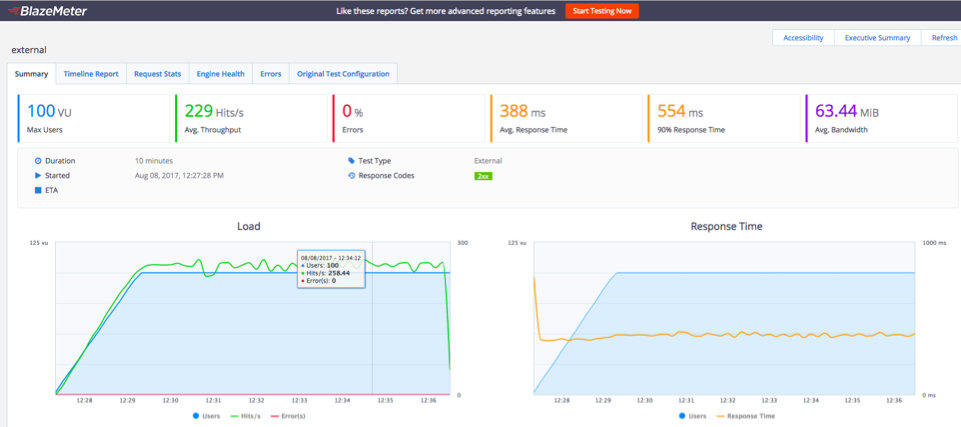| This is a guest post by Mandy Hubbard, Software Engineer/QA Architect atCare.com. |
Imagine this: It’s 4:30pm on a Friday, you have a major release on Monday, and your Jenkins server goes down. It doesn’t matter if it experienced a hardware failure, fell victim to a catastrophic fat-finger error, or just got hit by a meteor - your Jenkins server is toast. How long did it take to perfect your Pipeline, all your Continuous Delivery jobs, plugins, and credentials? Hopefully you at least have a recent backup of your Jenkins home directory, but you’re still going have to work over the weekend with IT to procure a new server, install it, and do full regression testing to be up and running by Monday morning. Go ahead and take a moment, go to your car and just scream. It will help … a little.
But what if you could have a Jenkins environment that is completely disposable, one that could be easily rebuilt at any time? Using Docker and Joyent’s ContainerPilot, the team atCare.com HomePay has created a production Jenkins environment that is completely software-defined. Everything required to set up a new Jenkins environment is stored in source control, versioned, and released just like any other software. At Jenkins World, I’ll do a developer deep-dive into this approach during my technical session, Indispensable, Disposable Jenkins, including a demo of bringing up a fully configured Jenkins server in a Docker container. For now, let me give you a basic outline of what we’ve done.
Mandy will bepresenting
more on this topic atJenkins World in August,
register with the code |
First, we add ContainerPilot to our Jenkins image by including it in the Dockerfile.
## ContainerPilot
ENV CONTAINERPILOT_VERSION 2.7.0
ENV CONTAINERPILOT_SHA256 3cf91aabd3d3651613942d65359be9af0f6a25a1df9ec9bd9ea94d980724ee13
ENV CONTAINERPILOT file:///etc/containerpilot/containerpilot.json
RUN curl -Lso /tmp/containerpilot.tar.gz https://github.com/joyent/containerpilot/releases/download/${CONTAINERPILOT_VERSION}/containerpilot-${CONTAINERPILOT_VERSION}.tar.gz && \
echo "${CONTAINERPILOT_SHA256} /tmp/containerpilot.tar.gz" | sha256sum -c && \
tar zxf /tmp/containerpilot.tar.gz -C /bin && \
rm /tmp/containerpilot.tar.gzThen we specify containerpilot as the Docker command in the docker-compose.yml
and pass the Jenkins startup script as an argument.
This allows ContainerPilot to perform our preStart business before starting the Jenkins server.
jenkins:image: devmandy/auto-jenkins:latestrestart: alwaysmem_limit: 8gports:
- 80
- 22dns:
- 8.8.8.8
- 127.0.0.1env_file: _envvolumes:
- /var/run/docker.sock:/var/run/docker.sockenvironment:
- CONSUL=consullinks:
- consul:consulports:
- "8080:80"
- "2222:22"command: >
containerpilot
/usr/local/bin/jenkins.shConfiguration data is read from a Docker Compose _env file,
as specified in the docker-compose.yml file,
and stored in environment variables inside the container.
This is an example of our _env file:
GITHUB_TOKEN=<my Github user token>
GITHUB_USERNAME=DevMandy
GITHUB_ORGANIZATION=DevMandy
DOCKERHUB_ORGANIZATION=DevMandy
DOCKERHUB_USERNAME=DevMandy
DOCKERHUB_PASSWORD=<my Dockerhub password>
DOCKER_HOST=<my Docker host, or localhost>
SLACK_TEAM_DOMAIN=DevMandy
SLACK_CHANNEL=jenkinsbuilds
SLACK_TOKEN=<my Slack token>
BASIC_AUTH=<my basic auth token>
AD_NAME=<my AD domain>
AD_SERVER=<my AD server>
PRIVATE_KEY=<my ssh private key, munged by a setup script>Jenkins stores its credentials and plugin information in various xml files.
The preStart script modifies the relevant files,
substituting the environment variables as appropriate,
using a set of command line utilities called ``xmlstarlet``.
Here is an example method from our preStart script that configures Github credentials:
github_credentials_setup() {
## Setting Up Github username in credentials.xml file
echo
echo -e "Adding Github username to credentials.xml file for SSH key"
xmlstarlet \
ed \
--inplace \
-u '//com.cloudbees.jenkins.plugins.sshcredentials.impl.BasicSSHUserPrivateKey[id="github"]/username' \
-v ${GITHUB_USERNAME} \
${JENKINS_HOME}/credentials.xml
echo -e "Adding Github username to credentials.xml file for Github token"
xmlstarlet \
ed \
--inplace \
-u '//com.cloudbees.plugins.credentials.impl.UsernamePasswordCredentialsImpl[id="github_token"]/username' \
-v ${GITHUB_USERNAME} \
${JENKINS_HOME}/credentials.xml
PASSWORD=${GITHUB_TOKEN}
echo -e "Adding Github token to credentials.xml"
xmlstarlet \
ed \
--inplace \
-u '//com.cloudbees.plugins.credentials.impl.UsernamePasswordCredentialsImpl[id="github_token"]/password' \
-v ${PASSWORD} \
${JENKINS_HOME}/credentials.xml
}This approach can be used to automate all things Jenkins. These are just a few of the things I’ll show you in my Jenkins World session, which you can build on to automate anything else your Jenkins environment needs.
Creation of credentials sets for interacting with third party services like Github, Docker Hub and Slack
Configuration of the Active Directory plugin and setup of matrix-based security
Configuration of the Github Organization plugin, which results in the automatic creation of all Jenkins pipeline jobs by scanning the organization for all repositories containing a
JenkinsfileConfiguration of theDocker Pipeline plugin, including creating templates for all custom build agents
Configuration of the Global Pipeline Libraries plugin
Configuration of the Slack Notifier plugin
With software-defined Jenkins, pipeline infrastructure
gains the same flexibility and resiliency as the rest of the development pipeline.
If we decide to change our Jenkins configuration in any way –
for example installing a new plugin or upgrading an existing one,
adding a new global library, or adding new Docker images for build slaves –
we simply edit our preStart script to include these changes, build a new Docker image,
and the Jenkins environment is automatically reconfigured when we start a new container.
Because the entire configuration specification lives in a Github repository,
changes are merged to the "master" branch using pull requests,
and our Jenkins Docker image is tagged usingsemantic versioning just like any other component.
Jenkins can be both indispensable and completely disposable at the same time.







